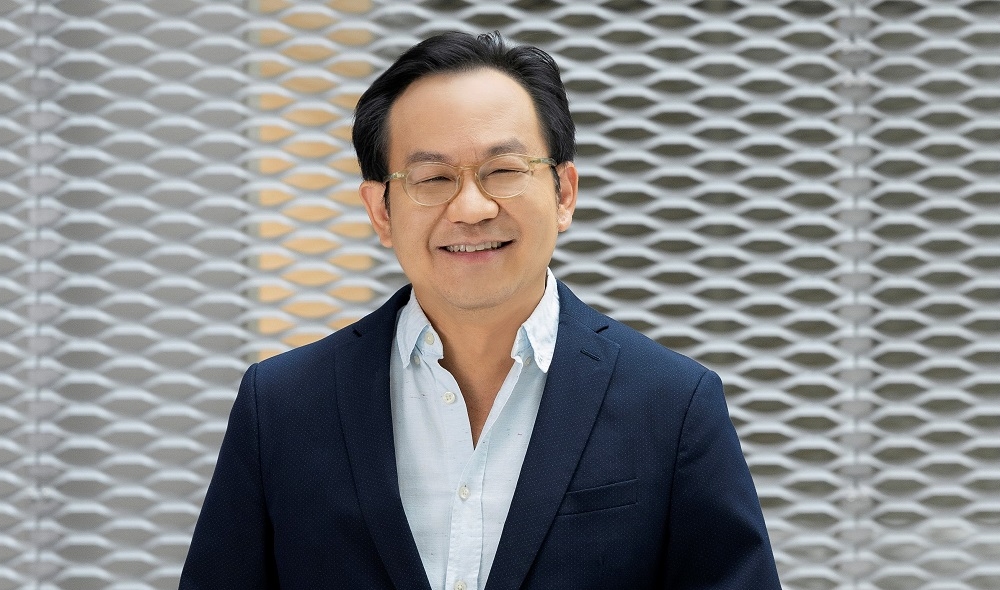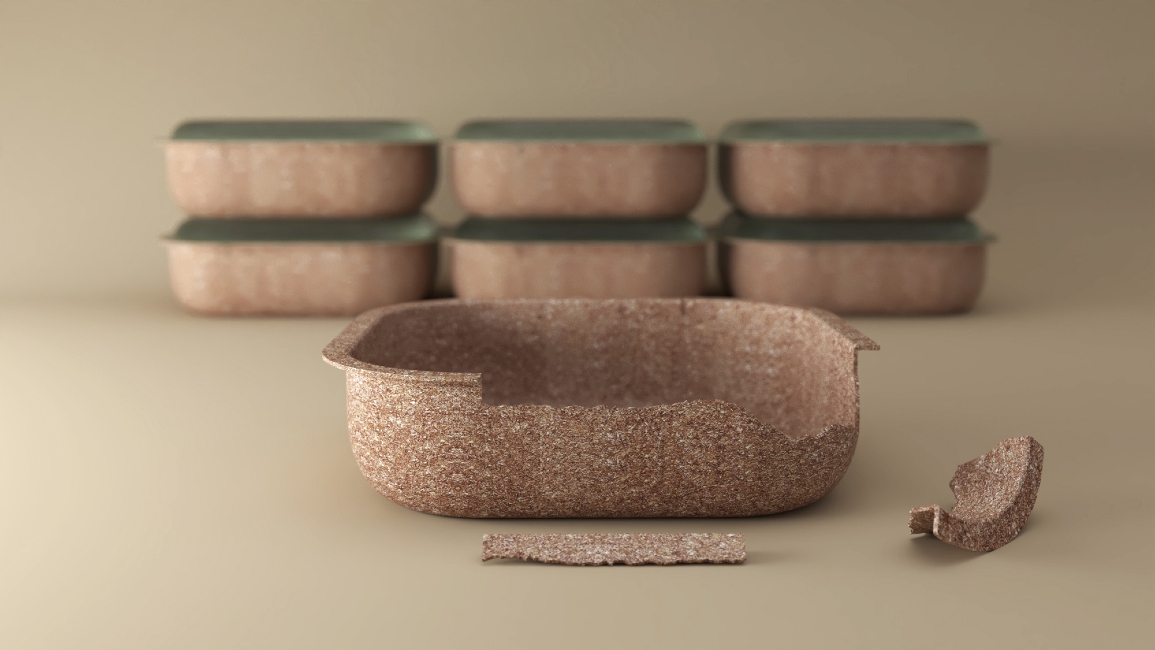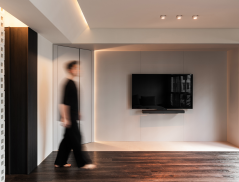
How did the idea for the Good Design Research Programme come about?
Every significant designer or practice has a point of view about the world, informed by research and investigation. However, most designers are often occupied in the immediate commercial sustainability of practice and have little ability to invest in meaningful investigation for the medium- and longer-term depth of their practice. This was echoed in our conversations with the design industry, where they shared a desire to do design, impact-based research addressing the United Nations Sustainability Development Goals that would deepen their practice philosophy, or shape entire new ventures for themselves.
We can see the evidence of such investments by design firms into shaping their practice, through established firms like WOHA, where environmental sustainability is deeply embedded in their practice, and Lekker Architects, where inclusivity is integrated into their body of work. This has distinguished them from their peers, as well as placed them as a practice of interest in the international design community.
Hence, we saw a gap in customised support for the design industry in the area of design innovation. Larger government agencies like Enterprise Singapore have strong but broad-based support schemes, such as the Enterprise Development Grant, to support Singapore business owners to achieve growth in the conventional business space. Existing grants by the National Research Foundation support large research institutions and are aimed at science and technology research goals. However, designers with their unique ability to understand people’s needs and translate that into desirable offerings, are so important to Singapore’s goal to be an innovation hub, and therefore, informed the creation of the Good Design Research (GDR) Programme.
How do you think it can help Singapore designers springboard to bigger things?
We believe this will help them deepen specific domain knowledge that can be applied to their work and practice, for stronger work that will eventually receive recognition. It will also serve to shape, over time, a desirable Singapore design brand that is both critical and impact-based, that we hope will springboard Singapore designers to bigger opportunities on the world stage. Finally, it will help designers develop concepts for new ventures that may eventually become new business opportunities for them outside the traditional fee-for-service model that is difficult to scale. We feel that this programme is timely, as much of life in the new normal will need to be redesigned. There is a bigger role for designers to play in our future, and we hope that the GDR will provide the knowledge and tools to do just that.
What did you think of the submissions from the first Open Call?
We were pleasantly surprised by the amount of submissions in the first round, where we got more than 60 applications. We had originally expected 15 to 20. This validated the need for such a programme. Though the quality of submissions ranged in rigour, there were many interesting projects. Eventually, the judging panel awarded seven but gave citations to the rest of the shortlisted ones on how their applications can be improved for the next round. They really appreciated this. Our aim with this programme is to develop a culture of design innovation in our design sector, where every practice will have access to funding for meaningful projects that will improve human lives.


What else are you looking for with the second Open Call slated for later this quarter?
More meaningful projects backed by well-thought-through proposals.
How can the GDR propel Singapore designers and design enterprises to develop innovative and impactful work that can tackle complex global and societal challenges?
As we know, much of the modern world today is plagued by immense complex challenges, such as climate change and sustainability, diversity and inclusivity, and an ageing population. Many of the solutions to these problems require the redesign of systems and processes, shaping a stronger sense of identity and culture, and the ability to understand and capitalise on the latest technology. We believe that designers need to be given the space to study these areas, in order for them to really maximise the positive impact of good design on people and our planet. With our support, Singapore designers will be able to embark on robust design research and experimentation to create unique, human-centred solutions to make life better for local and global communities as we move into this next decade.
Apart from funding support, the GDR also pairs the designers with mentors, who are all experienced professionals in their fields. The mentors will guide the designers refine their project outcomes, concept development and research process, as well as provide upstream and downstream support by sharing their networks of potential project partners and clients. Mentors also provide real-world, practical perspectives to the project.
Singapore designers are well-positioned to build on Singapore’s national branding as a country by design. We have achieved so much as a little red dot and have developed our own innovative solutions to tackle everything from housing to water, which many cities globally are still struggling with. This thinking and ability that is born out of designing and being in Singapore, can be enriched and deepened through the GDR. As it develops, we can expect more designers to build greater expertise in a broad range of areas that will ultimately differentiate themselves with unique value propositions and collectively start to build a Singapore design brand, as well as expand our discourse around good design.
Read about the seven projects selected for the first edition of the Good Design Research programme in Issue 118: November 2020.


 Share
Share











